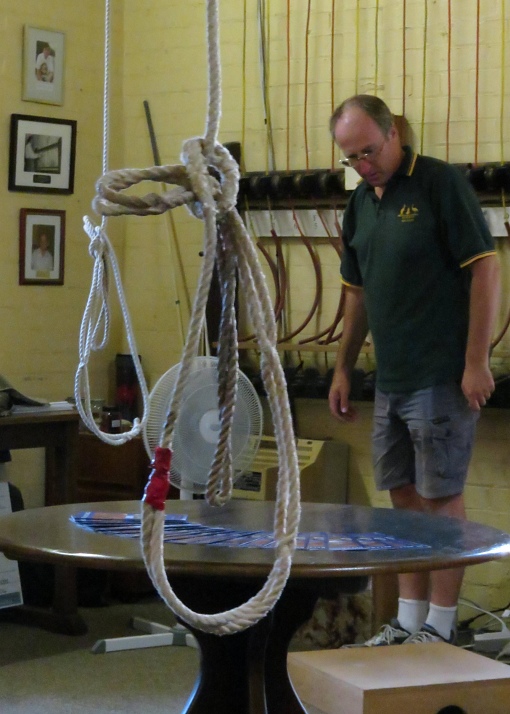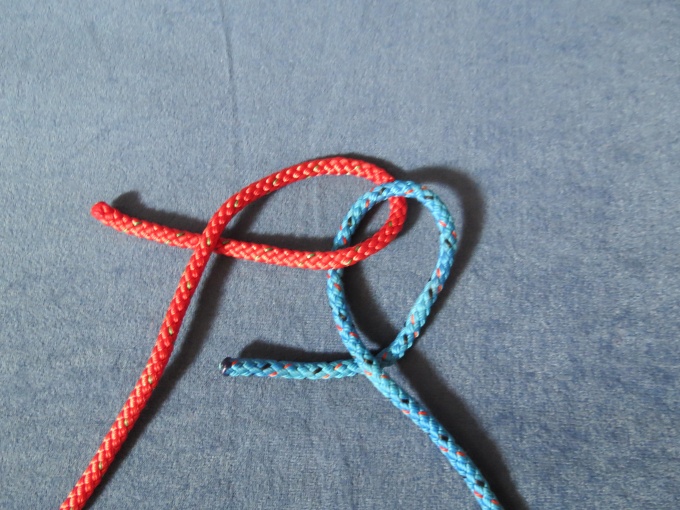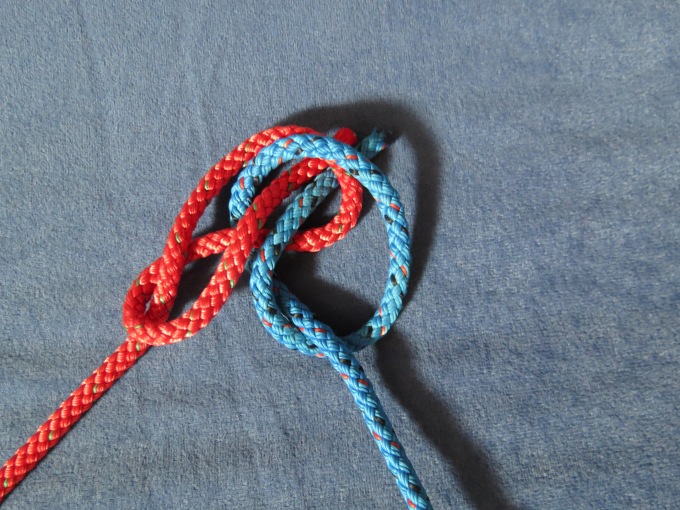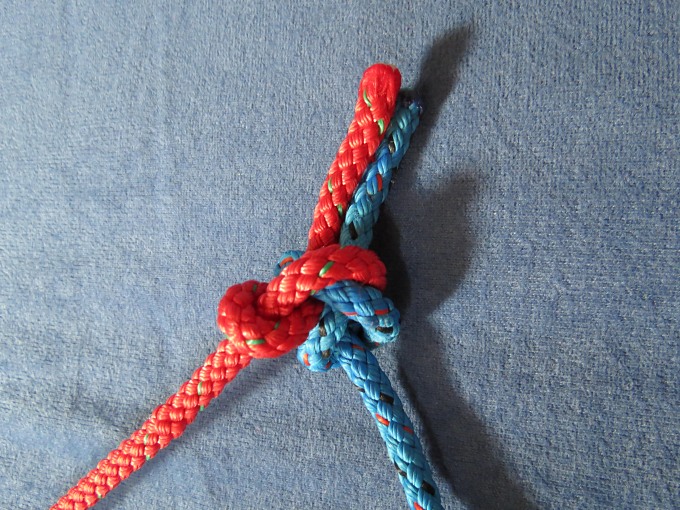The Blue View - An Edible Knot
/I've referred to The Ashley Book of Knots
Since today is National Pretzel Day, it only seemed fitting to talk about pretzels in today's blog. I like big, soft pretzels right out of the oven, slathered with mustard. I have my own recipe for pretzels, and I've made these on long passages and more than once on a cold, rainy afternoon in a remote anchorage. And of course, I use Ashley's knot #169, the Pretzel Knot to form the pretzels.
I boil the pretzels before baking. I think it adds to the flavor and gives them a softer, firmer skin. The time they are allowed to boil is important. If they aren't boiled long enough, they will be too soft, while boiling them too long makes them tough.
- For 1 dozen pretzels
- 1 tbsp (15 grams)yeast
- 1 tbsp (12 grams) sugar
- 1 tsp (5 grams) salt
- 2 tbsp (30 grams) soft butter or margarine
- 1 cup (250 ml) warm water
- 3 cups (300 grams) flour
- 2 tbsp (30 grams) coarse sea salt to sprinkle on Pretzels before baking
- 2 tbsp (25 grams) baking soda mixed in 4 cups (1 liter) water in a saucepan (non-aluminum).
- Greased cookie sheet
- Put yeast, sugar, salt, butter or margarine, water and 1/3 of the flour into a medium mixing bowl. Stir mixture until it is smooth. When the yeast starts to bubble, add the remaining flour. Stir the mixture until it is too stiff, then begin kneading. Knead the dough until it is smooth and no longer sticky. Cover the bowl, set it in a warm place and allow the dough to rise until it doubles in size, about an hour.
- When the dough has risen enough, punch it down, and knead for a minute or so. Divide into 12 equal parts and roll each with your hands into 12-15-inch long ropes. Use the photos or Ashley's Book of Knots #169 to form each into a pretzel knot. While the pretzels rest for a few minutes, grease the cookie sheet and bring the the baking soda/water mixture to a boil on stove. Preheat oven to 475 F (250 C).
- Boil them for 1 minute on one side, then flip them over with a slotted spoon and boil one minute on the other side. When each pretzel is done, remove from the water and let it drip for a few seconds before placing on the cookie sheet.
- Sprinkle the pretzels with the coarse sea salt and bake for 12-15 minutes or until they are golden brown.
- Serve with mustard – either the basic yellow type or a spicy brown mustard.
- If they aren't eaten right away, they can be refrigerated and reheated at 250 F (120 C) for a few minutes.
- We're pretty sure this works, but we usually eat them so fast, there are none to re-heat.


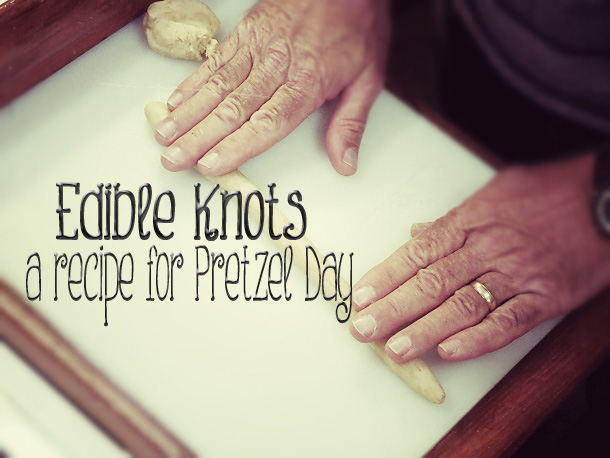

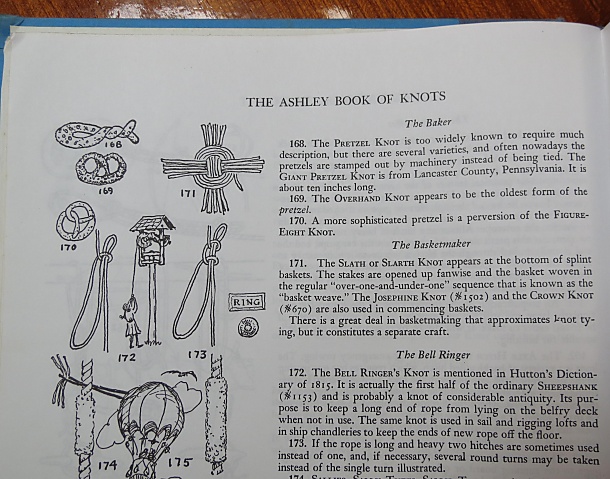


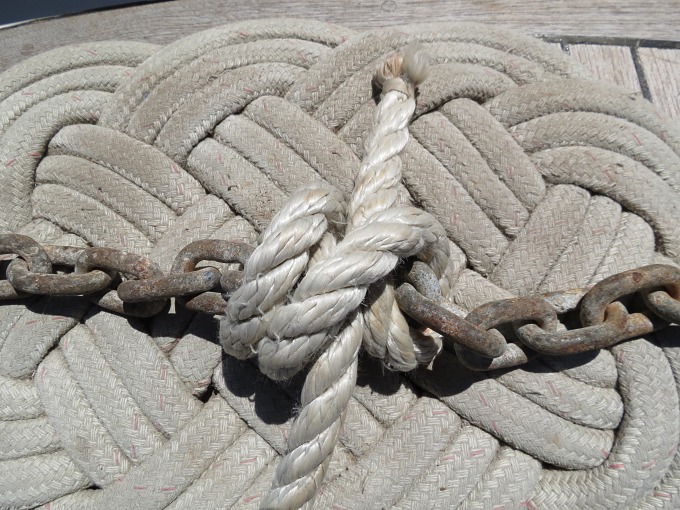
 Knots hold a real fascination for me. I particularly appreciate a well-tied knot that is perfect for a specific application. There are a handful of knots that most sailors know and use frequently...the bowline (BO-lin), the reef knot, and the clove hitch come to mind. Marcie knows the basic knots, and in fact, can tie a bowline faster than anyone I know. But beyond these, and maybe tying a bow in her shoelaces, she quickly loses interest in knots.
Knots hold a real fascination for me. I particularly appreciate a well-tied knot that is perfect for a specific application. There are a handful of knots that most sailors know and use frequently...the bowline (BO-lin), the reef knot, and the clove hitch come to mind. Marcie knows the basic knots, and in fact, can tie a bowline faster than anyone I know. But beyond these, and maybe tying a bow in her shoelaces, she quickly loses interest in knots.
